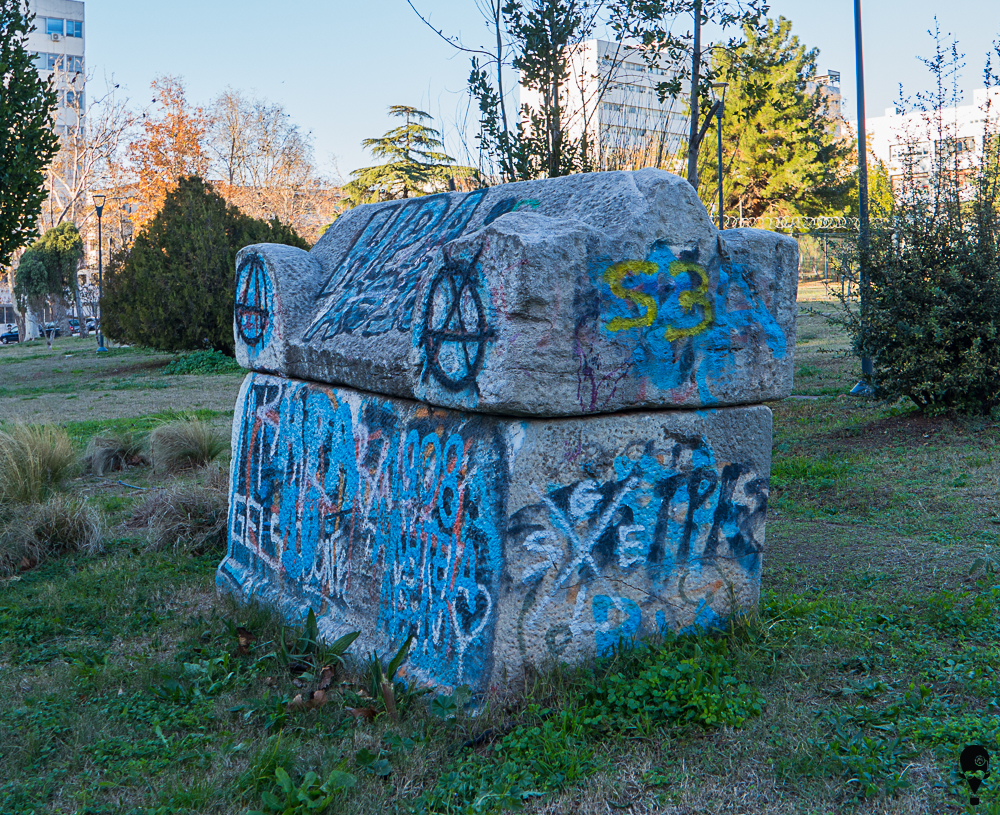Aristotle University of Thessaloniki
The Aristotle University of Thessaloniki (AUTH) has been regularly listed in the Top 500 World Universities as well as among Europe’s most important academic institutions.
Location
Timeline
Modern and Contemporary era (1912 - )
1926 It was founded by the First Hellenic Republic and following a proposal by Alexandros Papanastasiou.


















Share